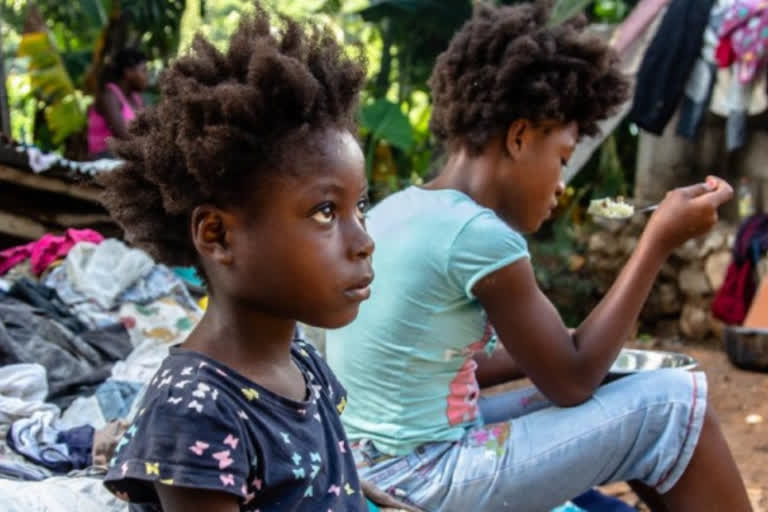Hyderabad: Disasters induced by natural and technological hazards affect millions of people every year worldwide. In a report released by the UN office for Disaster Risk Reduction (UNDRR)-2020, it was found that disasters have claimed approximately 1.23 million lives, an average of 60,000 per annum, and affected over 4 billion people with $2.97 trillion in economic losses over the last two decades. Pro-active measures and planning can reduce the casualties and damages.
As the world marks the International Day for Disaster Reduction (IDDR) today, the focus on public health and disease outbreaks in the context of the Covid-19 pandemic. IDDR falls on 13 October every year, and this year it is themed 'Disaster risk governance'.

India among 10 most disaster prone countries
India is one of the 10 most disaster prone countries in the world and reports third highest number of events every year.
According to the statistics, 68% of India's land is prone to drought, 60% to earthquakes, 12% to floods and 8% to cyclones, making it vulnerable to people living in these danger spots.
The country is prone to disasters due to a number factors; both natural and human induced, including adverse Geo-climatic conditions, topographic features, environmental degradation, population growth, urbanisation, industrialisation, non scientific development practices, etc.
While the Himalayan region is prone to disasters like earthquakes and landslides, the plain is affected by floods almost every year. The desert part of the country is affected by droughts and famine while the coastal zone susceptible to cyclones and storms. These factors, accelerate the intensity and frequency of disasters are responsible for heavy toll of human lives and disrupting the life support system in the country.
As far as the vulnerability to disaster is concerned, five distinctive regions of the country i.e. Himalayan region, the alluvial plains, hilly part of the peninsula, and the coastal zone have their own specific problems.
The western part of the country, including Rajasthan, Gujarat and some parts of Maharashtra are hit very frequently by drought situation. The extreme weather conditions, huge quantity of ice and snow stored in the glaciers, etc. are other natural factors which make the country prone to various forms of disasters.
Disaster Risk Governance in Context of Covid-19
Covid-19 has upended our way of life in unexpected ways. Therefore, it is only natural that in light of these changes, countries reconsider how they have been managing disaster risk. Specifically, the pandemic has highlighted the need for planning against a multitude of risks, including those related to biological hazards, through a true ‘whole-of-government’ and ‘whole-of-society’ approach.
Economic burden
In a report released by the UN office for Disaster Risk Reduction (UNDRR)-2020, it was found that disasters have claimed approximately 1.23 million lives, an average of 60,000 per annum, and affected over 4 billion people with $2.97 trillion in economic losses over the last two decades.
In comparison, 1.19 million lives were lost and $1.63 trillion in economic losses between 1980 and 1999.China (577 events) and the US (467) reported the highest number of disasters, followed by India (321) Philippines (304) and Indonesia (278).
In 2021, the International Day for Disaster Reduction focuses on “International cooperation for developing countries to reduce their disaster risk and disaster losses”. It will highlight best practices and examples of international cooperation in reducing the numbers of people affected by man-made and natural hazards, in line with Target F of the Sendai Framework for Disaster Risk Reduction 2015-2039.
Also Read: Death toll from Haiti earthquake rises to more than 700



